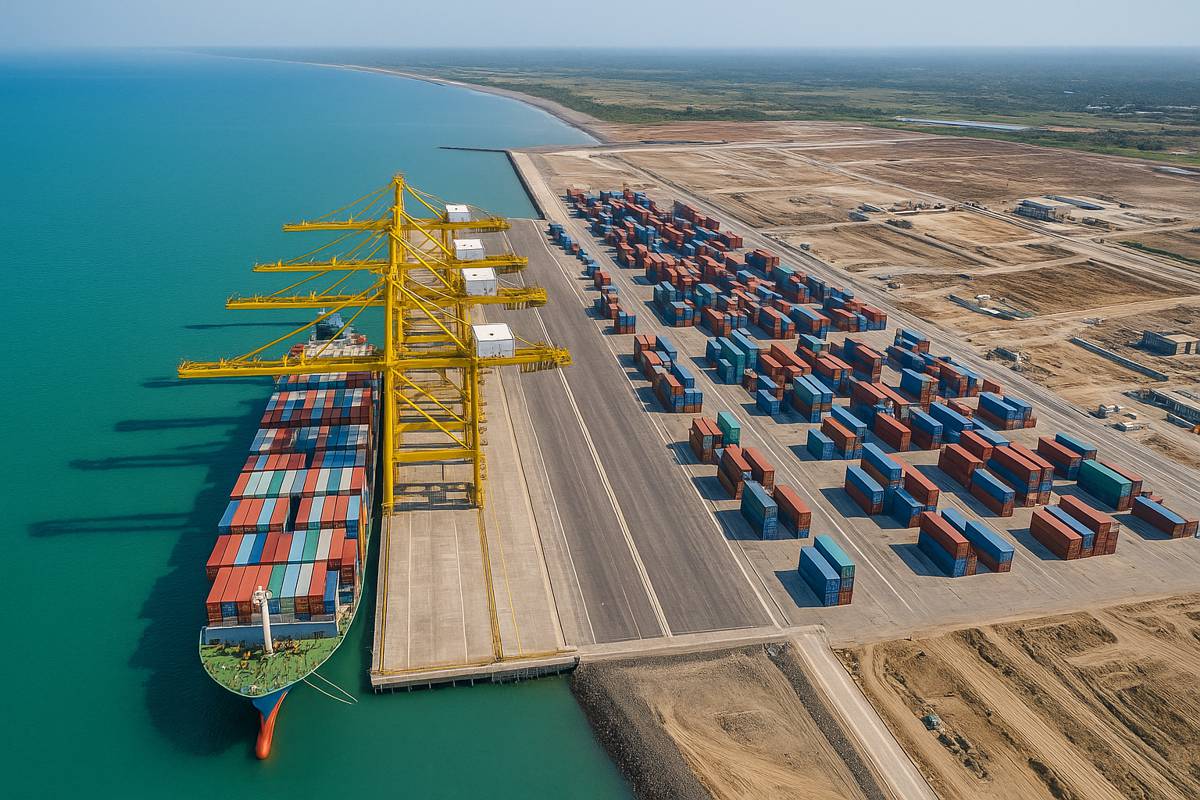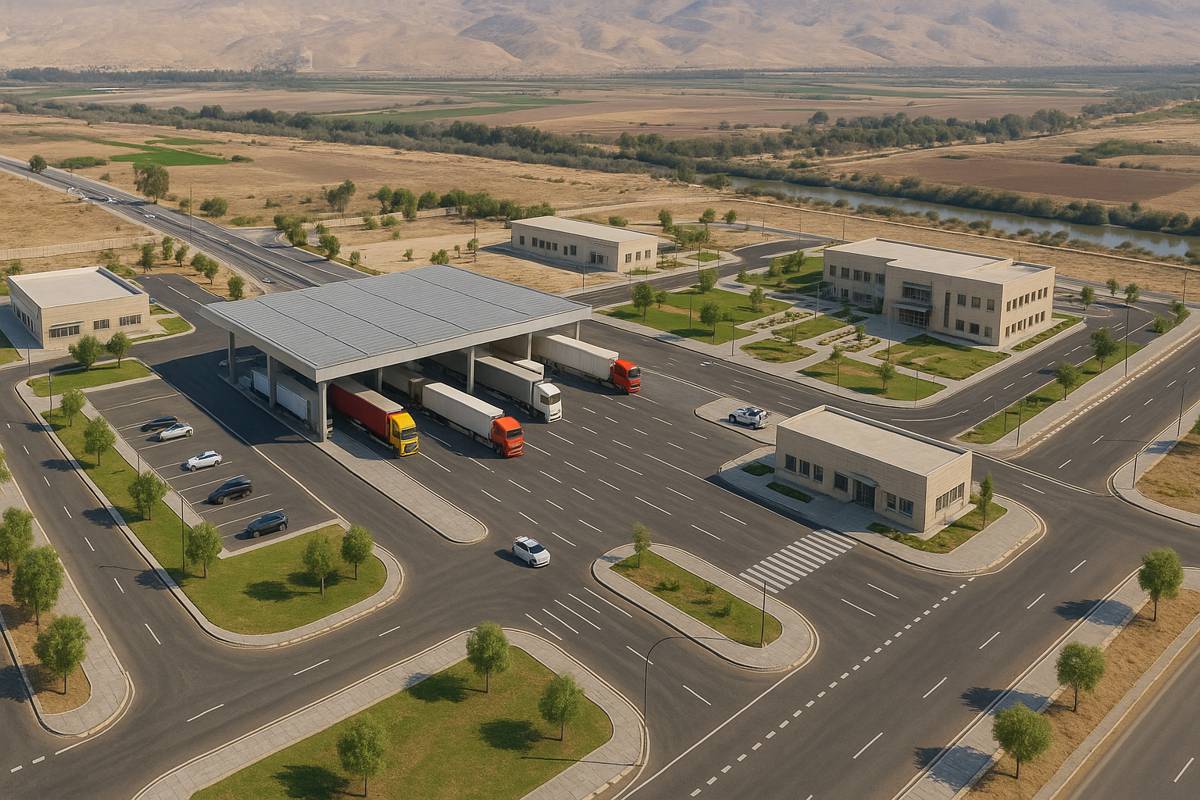Understanding the Rebound Effect to Tackle China’s Road Energy Puzzle
China’s rapid urbanisation and expanding transport networks have reshaped mobility across the nation, yet the challenge of balancing economic growth with environmental stewardship remains firmly under the spotlight. As policymakers push for cleaner road systems and efficient vehicle fleets, a subtle yet powerful force sits beneath the surface: the energy rebound effect. When fuel efficiency improves, consumers and freight operators may travel more because it becomes cheaper, ultimately clawing back energy savings and making climate goals harder to reach.
This intricate dynamic has been dissected in a ground-breaking study led by scholars from the College of Economics and Management at Nanjing University of Aeronautics and Astronautics. Titled Direct Energy Rebound Effect for Road Transportation in China, the research shines a light on how efficiency policies interact with real-world behaviour, mapping both passenger and freight transport trends across provinces over nearly two decades.
Why the Rebound Effect Matters
Energy rebound is hardly a new concept. In simple terms, when efficiency boosts reduce per‑unit energy costs, demand tends to rise. Think cheaper car journeys encouraging more road trips or logistics firms adding delivery routes when fuel goes further. This rebound can partially unwind hard‑won environmental gains.
Interestingly, the team’s research goes a step further than many earlier analyses. Prior studies often blurred the line between short‑term behavioural shifts and long‑term structural adjustments. They also tended to overlook asymmetric responses to fuel prices, despite the reality that transport users react differently to price spikes and price dips. This fresh methodology helps untangle real consumption behaviour in a country where both transport demand and policy evolution have been moving at breakneck pace.
Unpacking the Study
The researchers examined provincial panel data from 2000 to 2018, applying panel cointegration and panel error‑correction models. Crucially, they incorporated asymmetric fuel price decomposition, considering historical highest prices, cumulative declines and cumulative recoveries. This allows for an accurate read on how people and businesses behave not just when prices soar, but when they gently slide back.
Looking through this richer analytical lens, they quantified both short‑term energy rebound effects, or SERE, and long‑term energy rebound effects, or LERE, across China’s road transport system.
Their findings are revealing:
- Road passenger transport shows a LERE between 13 percent and 25 percent, and a SERE between 36 percent and 41 percent.
- Road freight transport displays a LERE between 14 percent and 48 percent, and a SERE between 3.9 percent and 32 percent.
All results point to partial rebound rather than a backfire scenario, meaning efficiency gains are moderated but not fully erased.
Passenger and Freight Behaviours Diverge
The clear divergence between freight and passenger activity hints at deeper economic currents. Freight operators often plan for the long haul, in both a figurative and literal sense. Efficiency savings can reshape route networks, warehousing strategies and even supply‑chain configurations over time. Short‑term responses, however, may be tempered by operational constraints like driver hours, fleet size or regulatory requirements.
For passengers, the immediate response to cheaper travel is typically more pronounced. Short weekend trips, leisure travel and commuting flexibility all amplify short‑term rebound behaviour.
One of the most compelling insights lies in how households and businesses respond to fuel price increases. The research reveals that rising fuel prices fail to meaningfully suppress energy service demand. However, income levels and trade scales push consumption upward, particularly in regions where expanding wealth and industrial activity drive mobility needs.
The study states: Fuel price increases fail to curb energy service demand in both transportation types, while income levels and commodity trade scale and industrial structure have more significant positive impacts on energy consumption.
The Geography of Energy Demand
China’s regional diversity adds another layer of nuance. Western provinces, with vast distances and challenging terrain, show the highest long‑term rebound both in passenger and freight transport. Eastern regions, home to dense multimodal networks and more alternatives to road transport, exhibit the lowest.
Numbers tell the story:
- Western China passenger LERE: 25.4 percent; eastern China: 12.6 percent.
- Western China freight LERE: 40.6 percent; central China: 14 percent.
These differences underscore the need for targeted policies rather than one‑size‑fits‑all solutions. A national fuel efficiency programme may land uneven results unless paired with regional investment in public transport, rail freight corridors and smart‑mobility systems.
Confirming the Findings
Robustness tests strengthen the study’s conclusions. Adjusting time windows and excluding unique or irregular samples did not shake the outcomes. Such rigour matters in a policy environment where decision‑makers require reliable data to steer decarbonisation strategies.
Beyond statistical reliability, the study resonates with broader global research. Agencies such as the International Energy Agency and the EU’s Joint Research Centre have highlighted rebound risks when pushing efficiency mandates without holistic mobility planning. China’s experience clearly adds weight to that conversation.
Wider Implications for Transport Policy
The energy rebound effect poses a puzzle for policymakers aiming to shrink transport emissions. Efficiency alone may not carry the day. It needs bundling with demand‑management strategies that include:
- Expanding high‑quality public transport networks
- Electrifying road fleets and investing in clean energy
- Supporting modal shift to rail and inland waterway logistics
- Incentivising compact urban growth and mixed‑use spatial planning
Other nations are navigating similar currents. Japan’s efficient urban public‑transport networks keep rebound limited. The European Union’s focus on congestion pricing and mobility‑as‑a‑service platforms offers another model. Meanwhile, emerging economies from India to Brazil are grappling with soaring mobility demand alongside climate goals.
China’s transport planners, then, hold an inflection point in their hands. The rebound effect needn’t derail progress. Rather, recognising its presence equips policymakers to design smarter, layered interventions.
What Industry Should Note
Construction and infrastructure stakeholders have skin in this game too. Freight demand links closely with economic cycles, infrastructure buildout and e‑commerce booms. Understanding rebound dynamics helps forecast road usage, maintenance needs and future freight‑hub investments.
Vehicle manufacturers, telematics firms and battery suppliers can use insights like these to forecast fuel‑saving behaviours, anticipate electric‑vehicle penetration and accelerate innovation in efficiency technologies.
A Forward‑Looking Perspective
China’s pathway to transport decarbonisation offers lessons for the world. If energy savings create unexpected ripple effects, the answer is not to slow efficiency progress. Instead, it lies in expanding clean mobility choices, deploying digital optimisation tools and structuring fiscal incentives that nudge long‑term behavioural change.
Moving Towards Smarter Mobility
Looking ahead, China’s commitment to carbon neutrality calls for continued data‑driven planning and integrated mobility strategies. Recognising rebound behaviour does not diminish the value of efficiency policies. Instead, it strengthens the case for coupling them with electrification, modal shift programmes and digital mobility platforms.
Transport emissions are not immovable. With the right blend of policy, technology and behaviour change, efficiency improvements can translate into genuine energy savings and reduced carbon footprints. Real‑world insight, like that provided in this study, gives industry and government the tools to make that vision a reality.




















